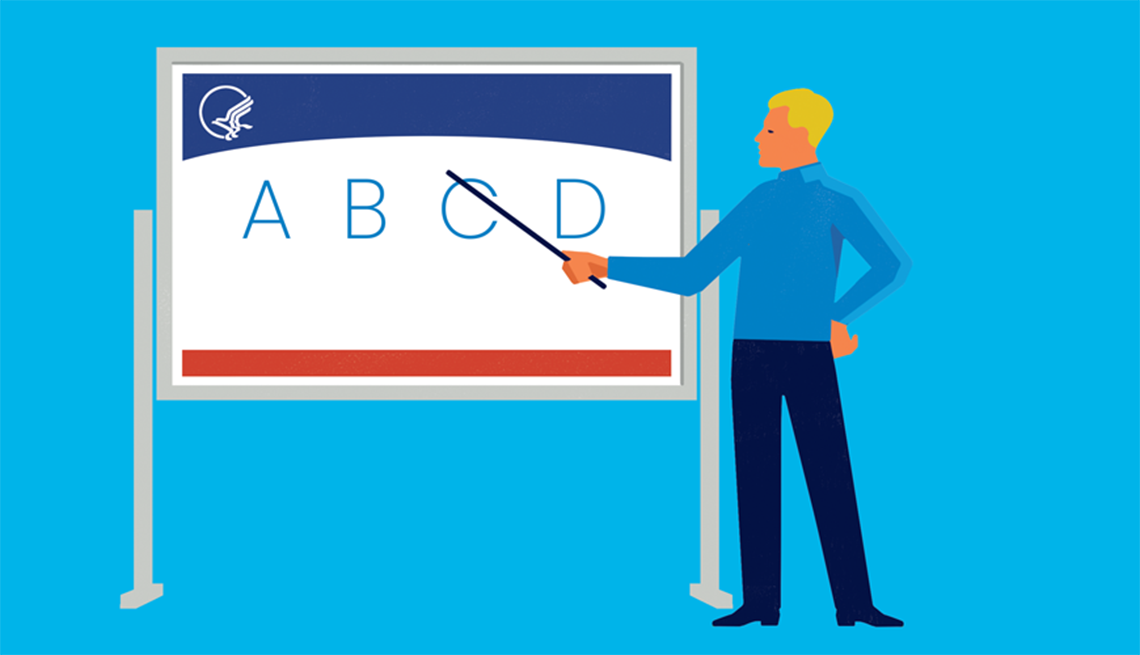AARP Hearing Center


In this story
Multipart Medicare • Part A, hospitalization • Part B, doctors • Part C, Medicare Advantage • Part D prescriptions
The Medicare program is divided into four parts that cover everything from hospital care to doctor visits to prescription drugs. Here’s more information about each part.
Part A, hospital coverage, is free for most people
When you apply for Medicare, you’ll automatically be enrolled in Part A. It covers hospital stays, hospice care and some skilled nursing care that you may need after being hospitalized for a broken hip, a stroke or other episodes that require rehabilitation.
Most people don’t have to pay a premium for Part A. You’ve already paid into the system in the form of Medicare tax deductions from your paycheck.
However, Part A isn’t totally free.
Medicare charges a hefty deductible each time you’re admitted to a hospital during each benefit period. That deductible changes every year, but for 2024, it is $1,632. You can buy a supplemental or Medigap policy to cover it as well as some out-of-pocket costs for other parts of Medicare.
Medicare pays for most hospital services for the first 60 days you’re in the hospital as an inpatient.
If you’re a U.S. citizen or have been a legal resident for at least five years but have not worked long enough to qualify for Medicare, you may able to buy into the program by paying a Part A premium.
Part B, doctors and outpatient services, has a small deductible
This part of Medicare covers doctor visits, ambulance transportation, diagnostic screenings, lab tests, medical equipment and other outpatient services.
You’ll be subject to an annual deductible, $240 for 2024. And you’ll have to pay 20 percent of doctor visit bills and other outpatient services. A Medigap plan can help cover these expenses.
A monthly premium for Part B is $174.70 for most people in 2024, higher if your income is more than $103,000 as a single or $206,000 if married filing jointly.
If you’re collecting Social Security, the monthly premium will be deducted from your monthly benefit.
Because of the Part B premium, you may want to defer signing up if you’re still working and have insurance through your job or are covered in your spouse’s employer health plan.
The rules vary based on the size of the employer. Ask the human resources department about how the company’s policy works with Medicare.
If you aren’t covered by other insurance and don’t sign up for Part B when you first enroll in Medicare, you may have to pay a late enrollment penalty for as long as you’re in the program.


































































Next in Series
The Big Choice: Original Medicare vs. Advantage
Which path you take will determine how you get your medical care — and how much it costs